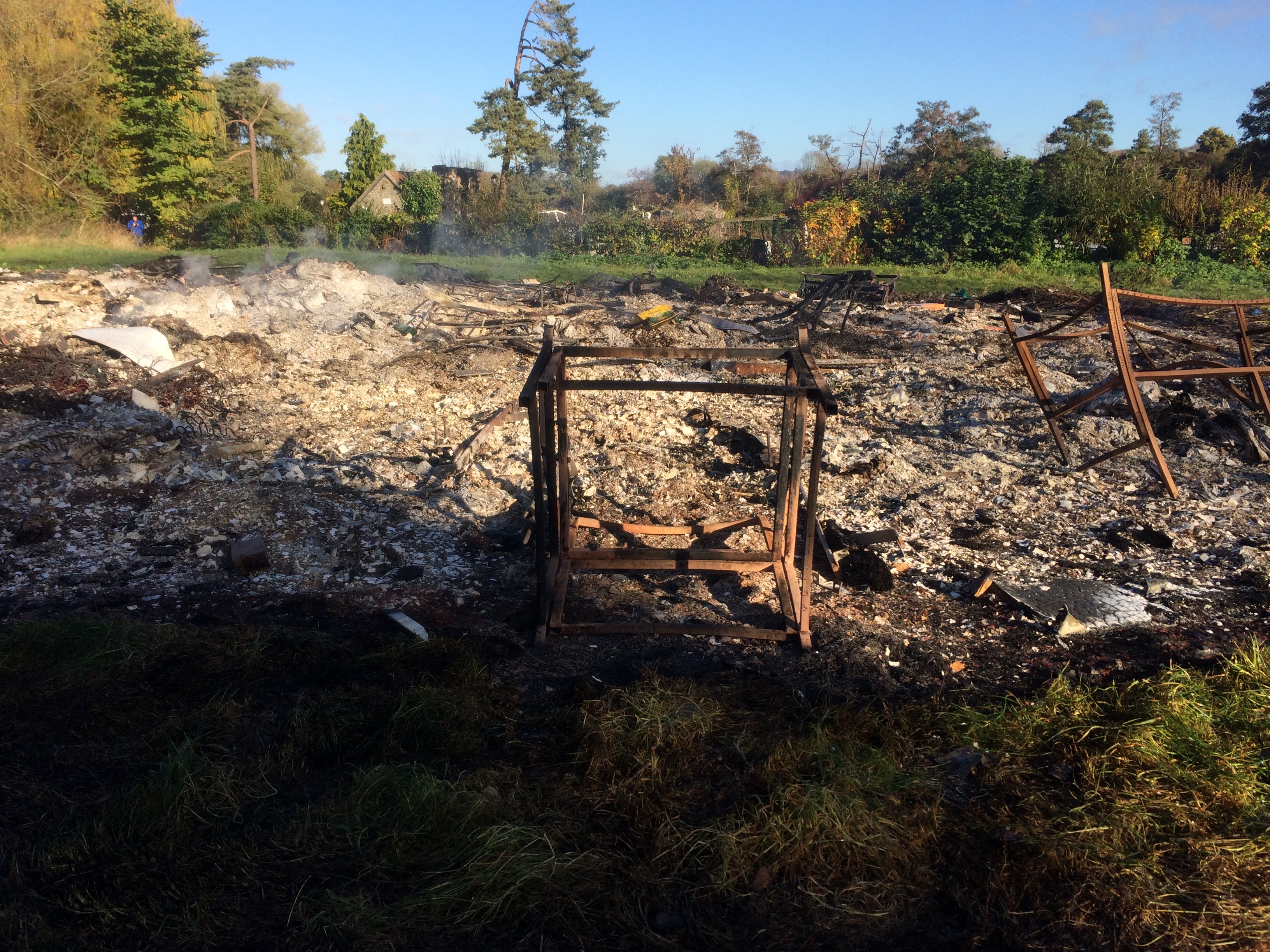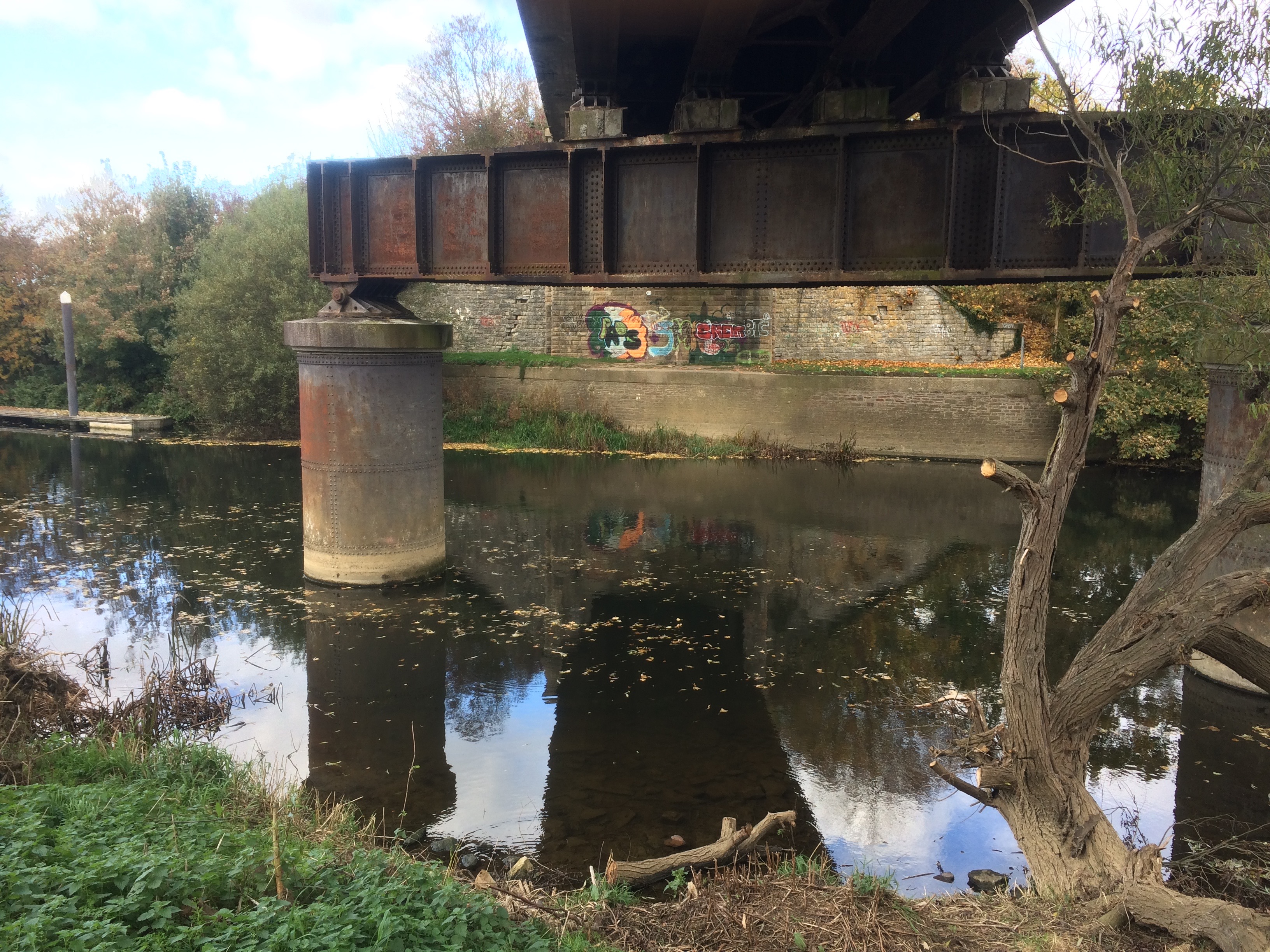|
,To Keynsham from Bath Walking the river bank, scoping Sweet Waters. From Salford to Keynsham one cold clear frosty November morning I walked from home down the linear park to the river. Linear walk nonlinear thoughts was the watchword for a week in which I had planned to do this 18 mile loop to the Chocolate factory and back, to visit a monastery and read a slave traders log, take part in a movement workshop and spend an hour with a serious economic historian researching the slave trade. A challenging week begins with a good walk. Met Mike on the bridge by Lidl and as we walked autumn performed before us, cold still day damp by the river, steam and mist swirls around the rowers on dark black water. Blackbird calls and early morning traffic. Thoughts now on the river how much do I know, how much to share how much does it take over this half digested historical information that lodges in my brain, splinters of history, points pain felt empathetically. The place of the mills, the roar of the weir, here where once the pounding of hard wood hammered on metal would have been deafening. Now memories merge as I observe that the Brass Mill is closed today and we hear the rush of the water unbeaten through the sluice gate, I am already reading Thomas Dwyer's Naval Journal of the journey of the good ship Snow Fox in 1773 and its trade in enslaved people. The Fox came out of Liverpool but it would have been the same story. innocuous names the Fox and the Badger, two boats off the coast of West Africa. No childrens story this, loading of slaves from one to the other, menslaves [110], ‘menboys’ [20] and women [36] and girls [20] torn from homes, lovers and families. Dwyer records the women moaning and the ships carpenter constructing their floating prison. In a pub field where the remains of the great Bonfire Night fire still smokes, sofa bed metal skeleton and filing cabinet carcase, burned bare beer cans and a muddy iPhone trodden into the soft ground, face cracked, still working,...... a message lights up “we’re by the bonfire S xx” The sails on The Fox are up and down and trimmed and reefed, ‘necessary’ tasks are done but no mention of the human cargo until across the Atlantic and close to St Thomas, July 16, 1773 the first slave death is reported. " Buryed one man slave". Two more men die before the Fox makes it to St Thomas. We are walking again and I am back to the inexorable performance of autumn in the idyll that is Saltford today. Leaves of gold, copper and brass fall into the slow black tideless silent river. Beauty tinged with deep sadness, if oysters respond to the tide miles inland, is the tidal rise and fall of the river remembered and felt here. What do we remember so deeply. The last wet high tide. The incoming tide, however dry. Sun shines brightly on water meadows wet and we hear the heart beating processing station pump, a slight whiff of drains reveals what courses through its arteries Another silenced mill across the river. An avenue of crack willows old enough to remember. When we were withies what was then? Along the tow path considering boats that came up on the tide, thinking abut the tide in the land…does the water table still rise and fall between Salford and Freshford. Did pigs ever cross at Swineford. Or do these place names play games with us like Fox and Badger. Out of place boats above the wheels in the mill pond, a submarine with solar panels witnesses a new Noah preparing a make shift future as the melting comes. At the great railway bridge over the Avon where once Sam swam. Off the pontoon into the dark deep paralysing cold, drowning panic, cold hands no grip slipping on the river green slats, a moment of terror then walk of shame back to an imagined towel on the grass. I thought of bodies overboard, like damaged fruit, not worth keeping. Dumped into the cold sea so far away and no way back home. Keynsham approached with talk turned chocolate: Fry’s and Cadbury’s and Quakers, deals done by developers and who is fooling who with plans for social housing conveniently dropped once the ink is dry and attention elsewhere. How did it get to this, once Quakers who ran the slave traders banking found a conscience and got out and got into chocolate and social conscience. Somewhere down the line even this washed out as Schweppes and Pepsico finally the great cheese company bought it all out and span hopes of work to get a deal before the whole thing was simply reduced to a shell. Repurposed, repacked and repackaged. The great building at Keynsham wrapped in plastic, Dairy Milk purple of the glass and a half haunts and connects. And I am in a converted Victorian mansion in Bristol drinking coffee in the sunshine talking ledgers and manifests. Should have been cocoa, I don’t take sugar, thank you.
A wall by the brass mill, topped with shiny black blocks of slag offer silent reminders, clues for those who know of the sounds and smells which once were here on the banks of the River Chew. Flowing down from the great half buried stone circle connecting walks and thoughts and lives. Crossing the sluices to find the toilet I imagine great mill wheels turning and creaking and water rushing and huge stone rollers uneven hard thundering and the hammers clattering rhythm. In the theme park heritage Harvester style bare wood, casually dressed Sunday diners find it hard to work out what is real, sepia photos on the walls could be generic photo stock but they are not. This is the Brass Mill that made the manillas, the currency of the slave trade.
0 Comments
Your comment will be posted after it is approved.
Leave a Reply. |
Archives
February 2024
Categories
All
|




 RSS Feed
RSS Feed